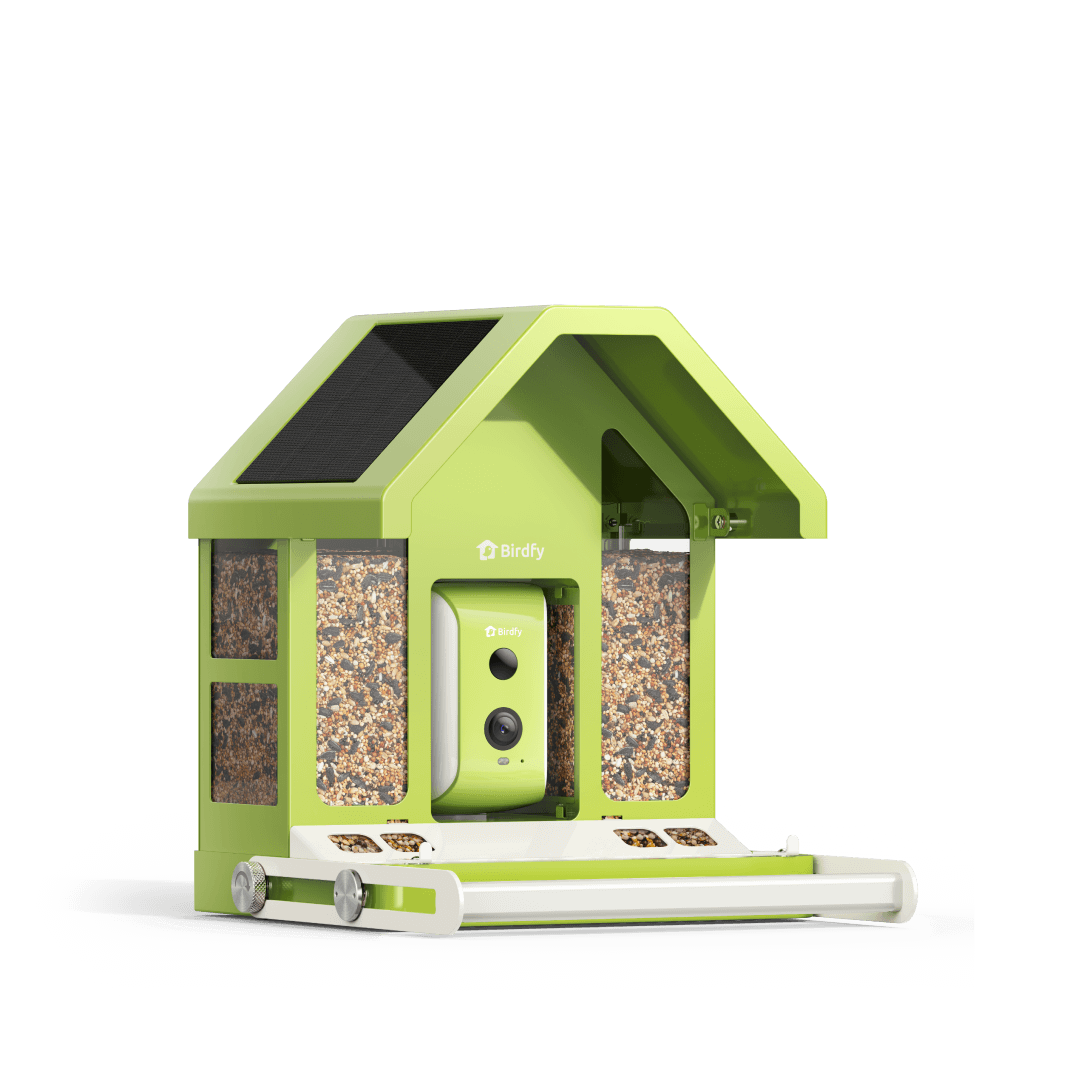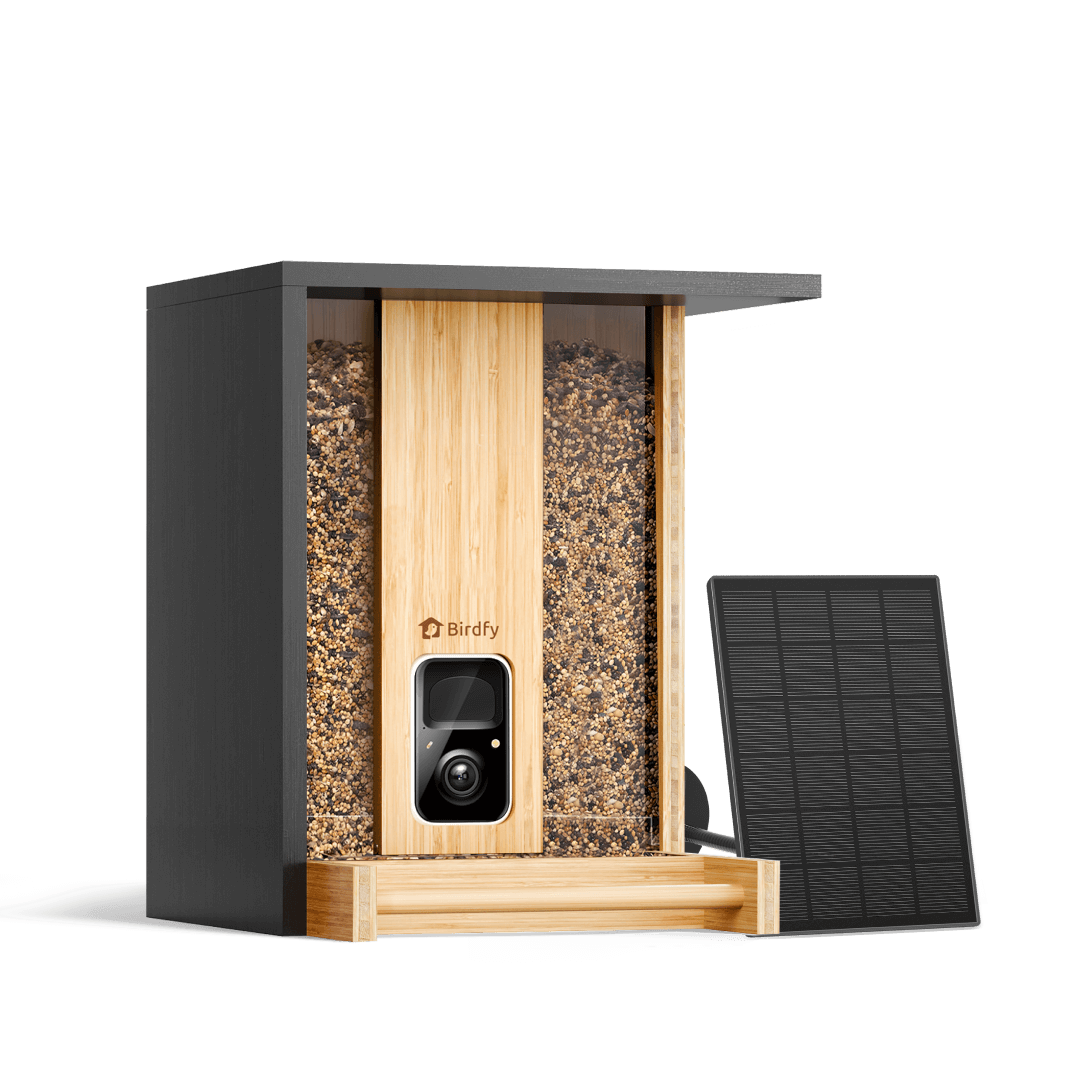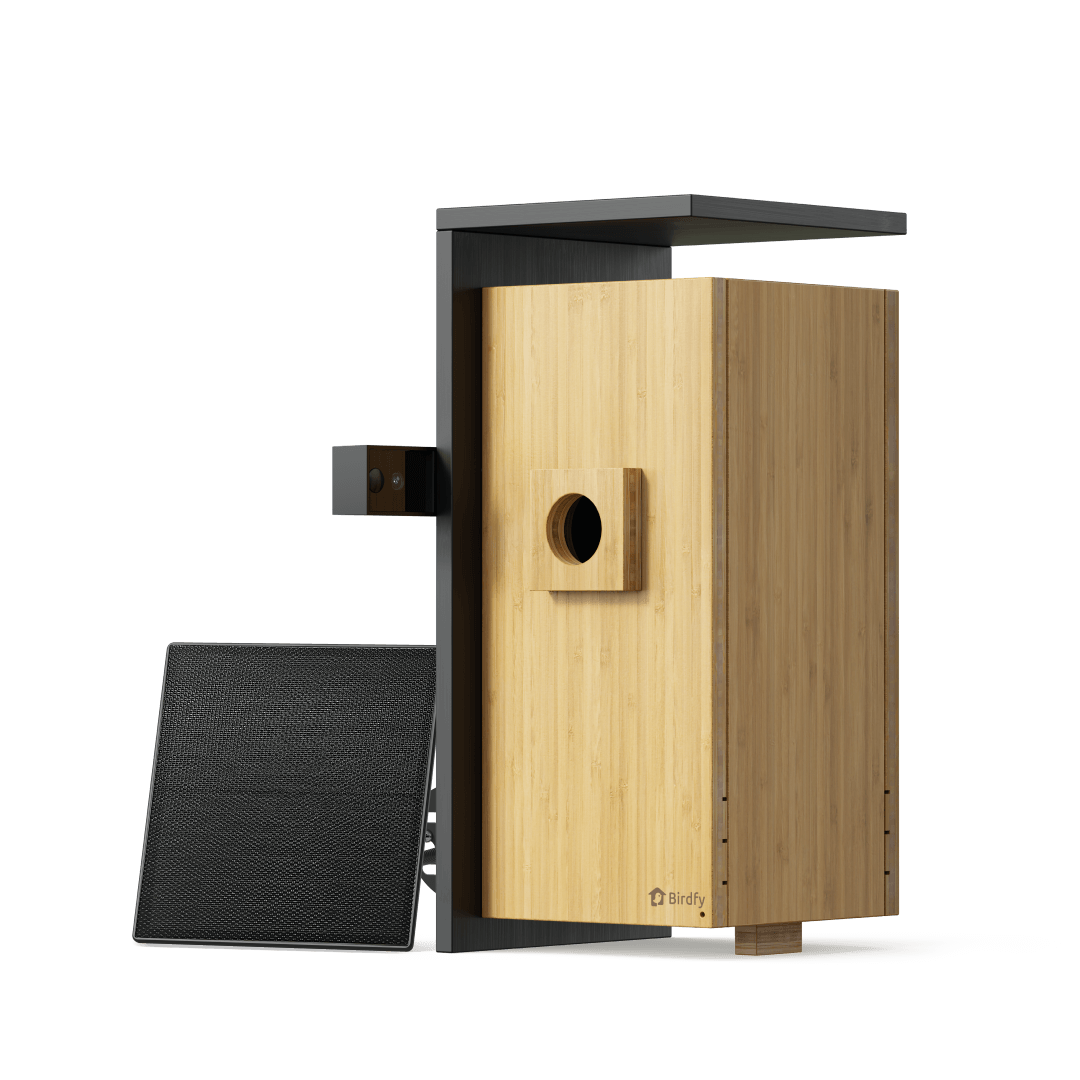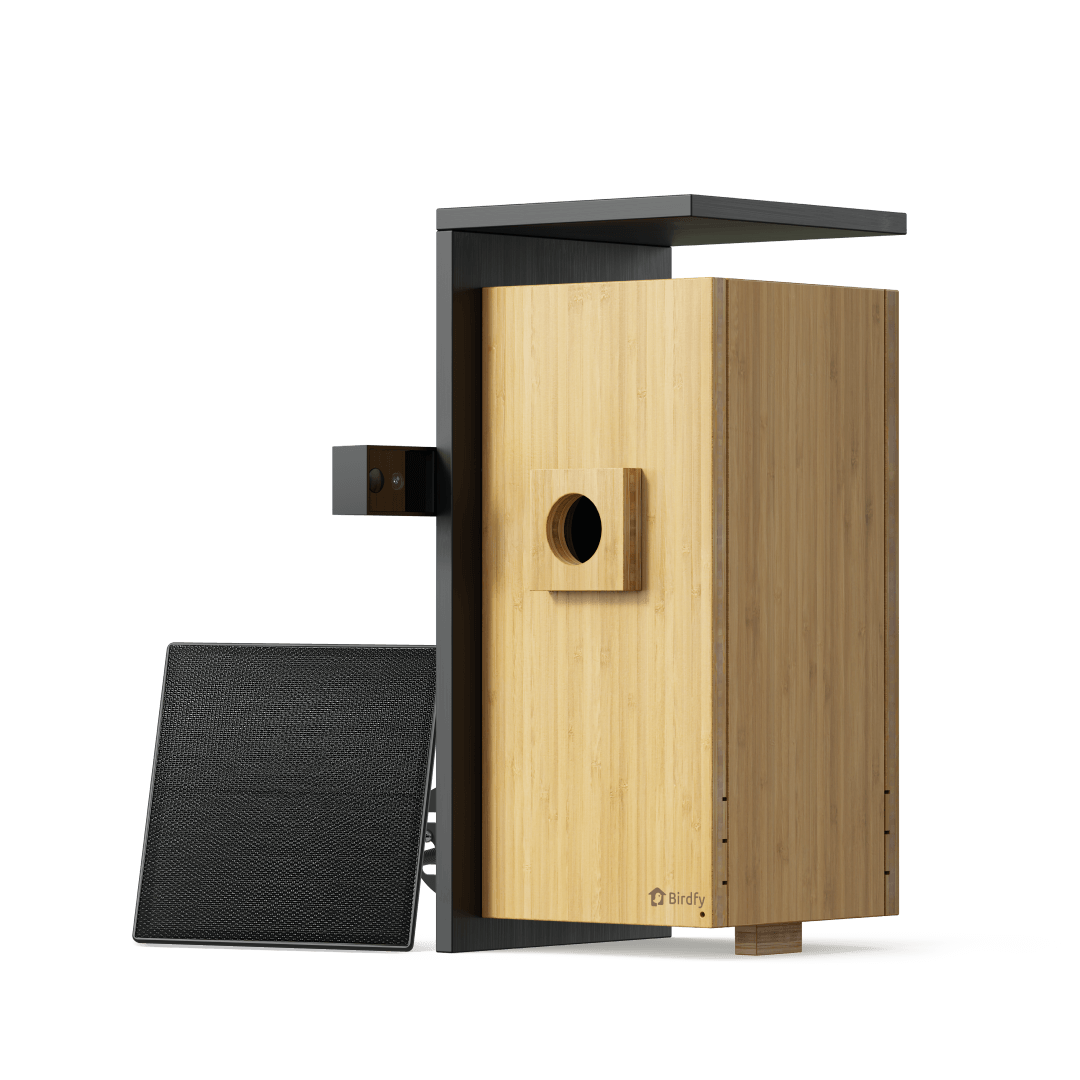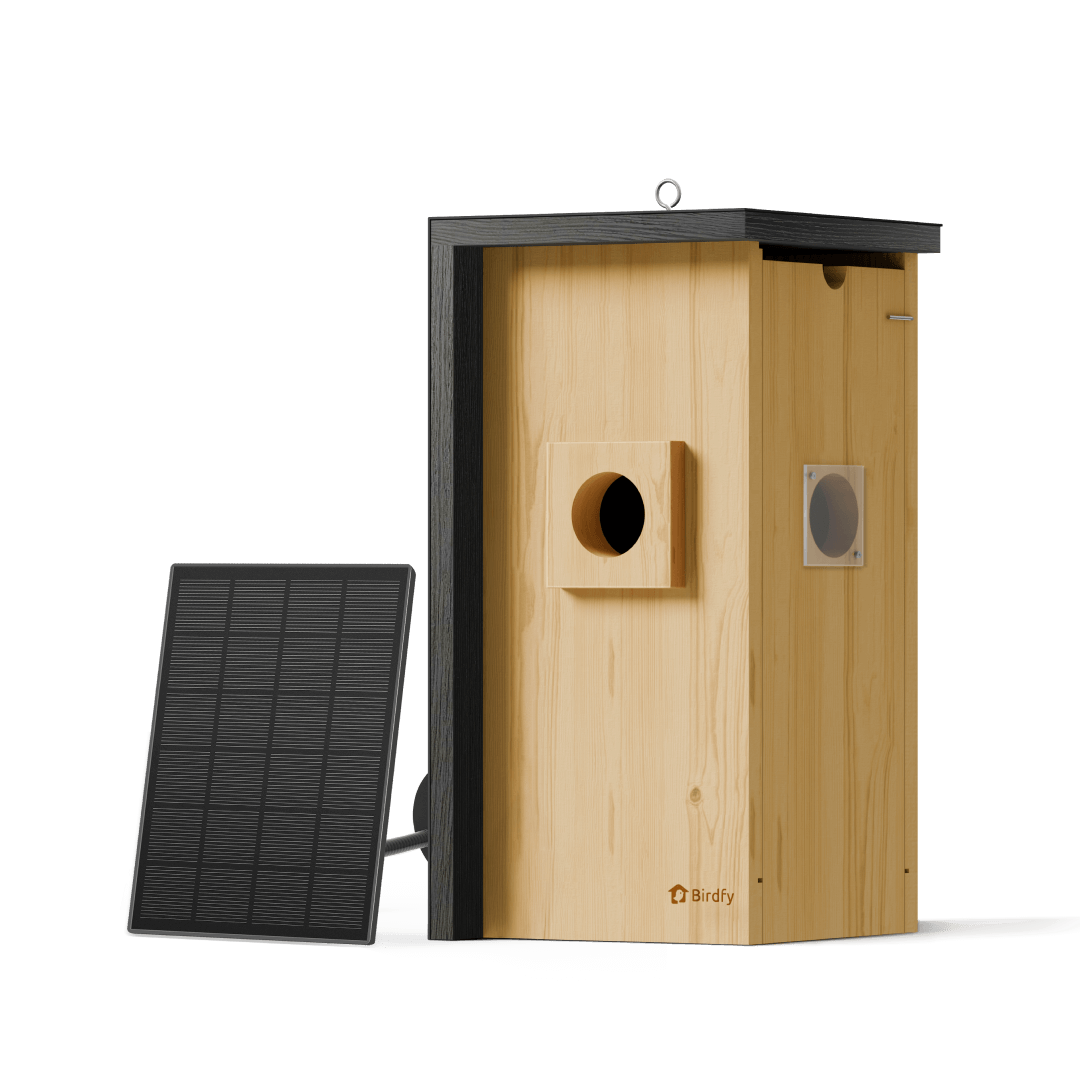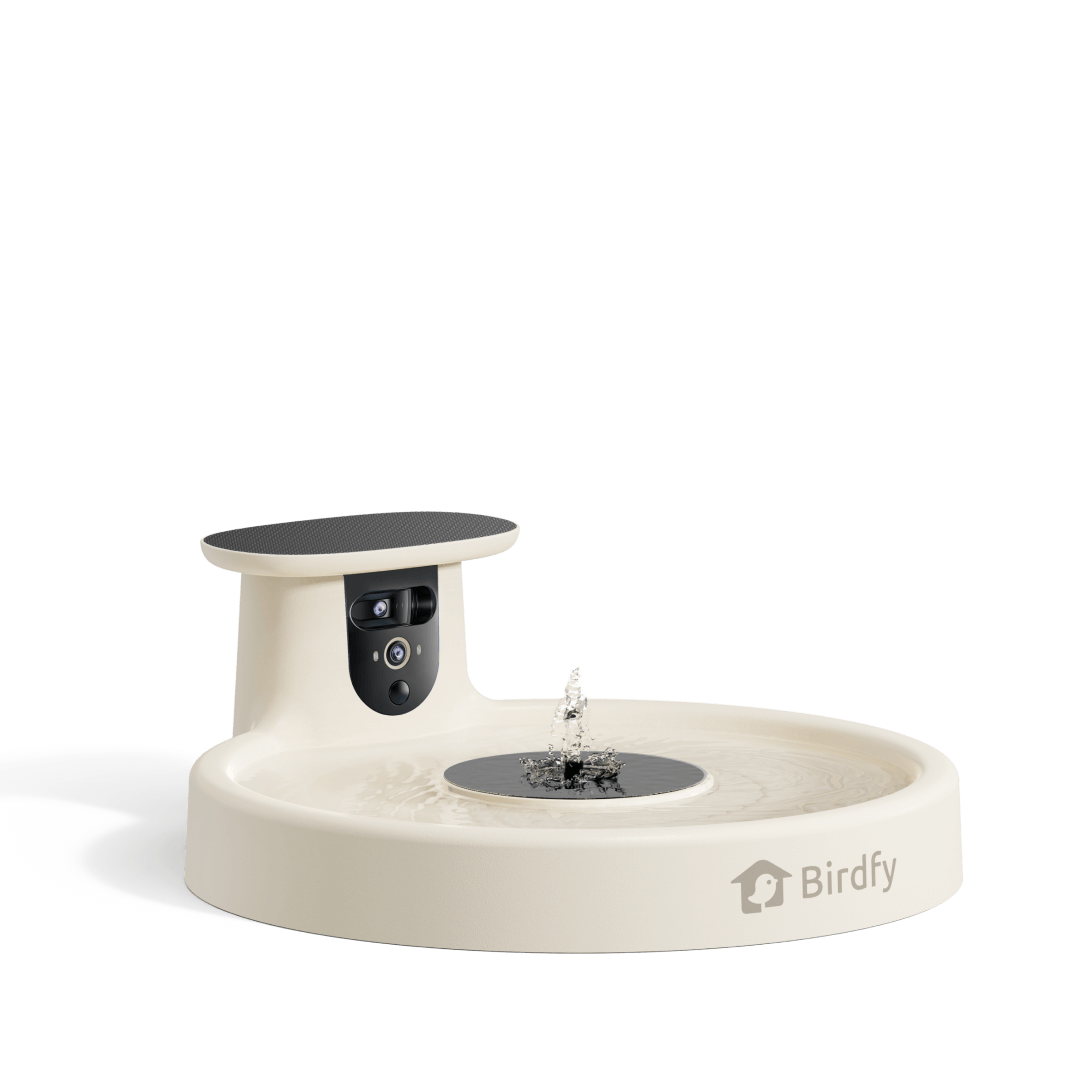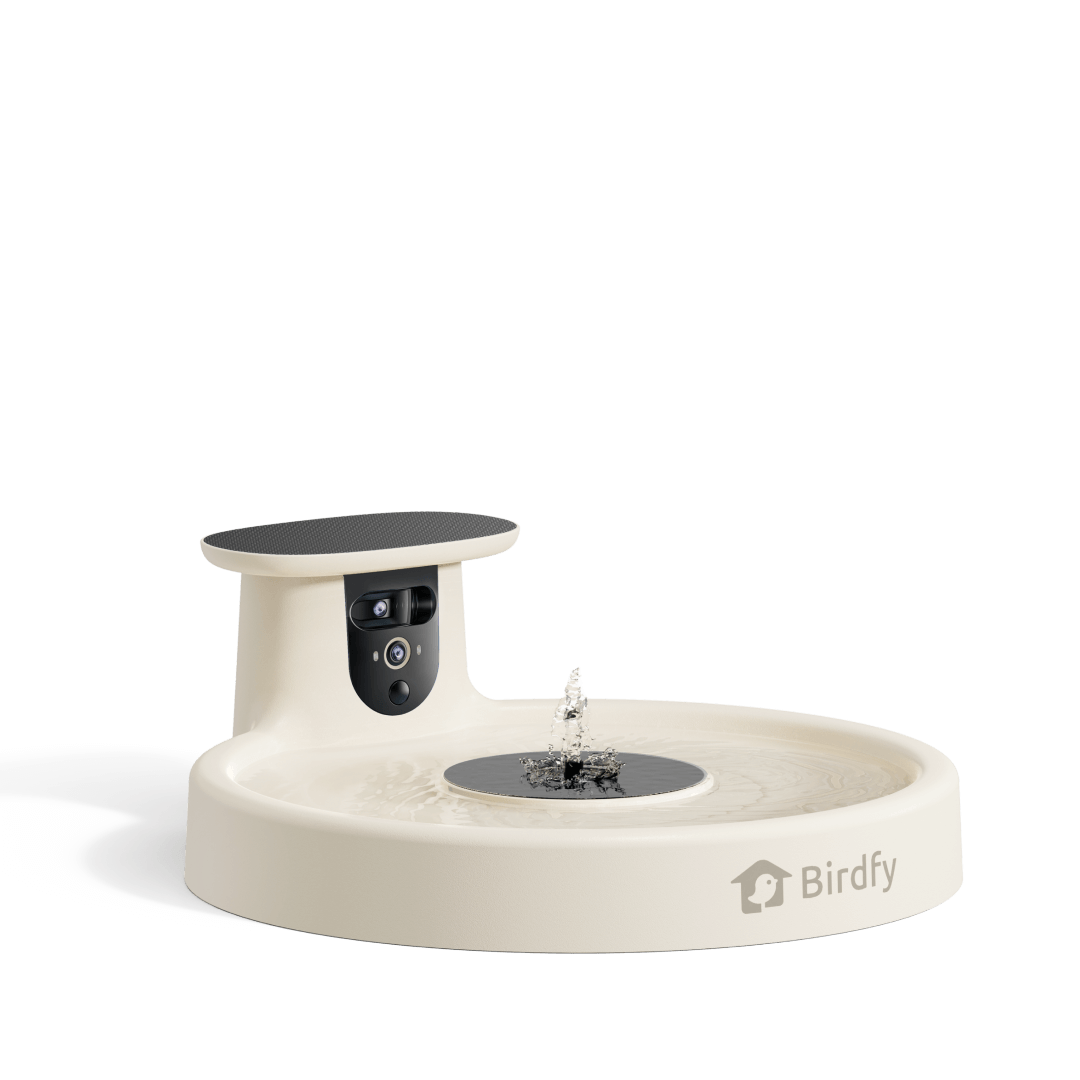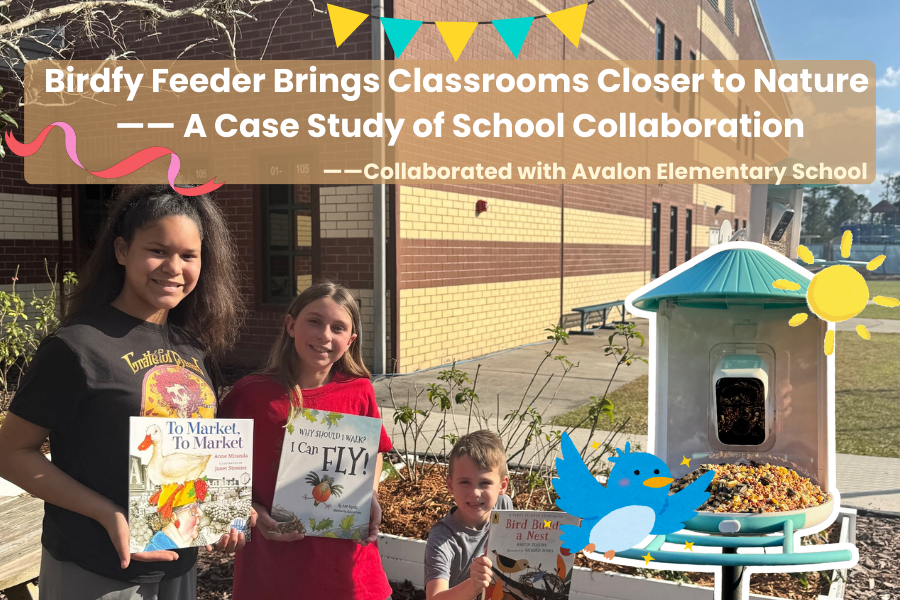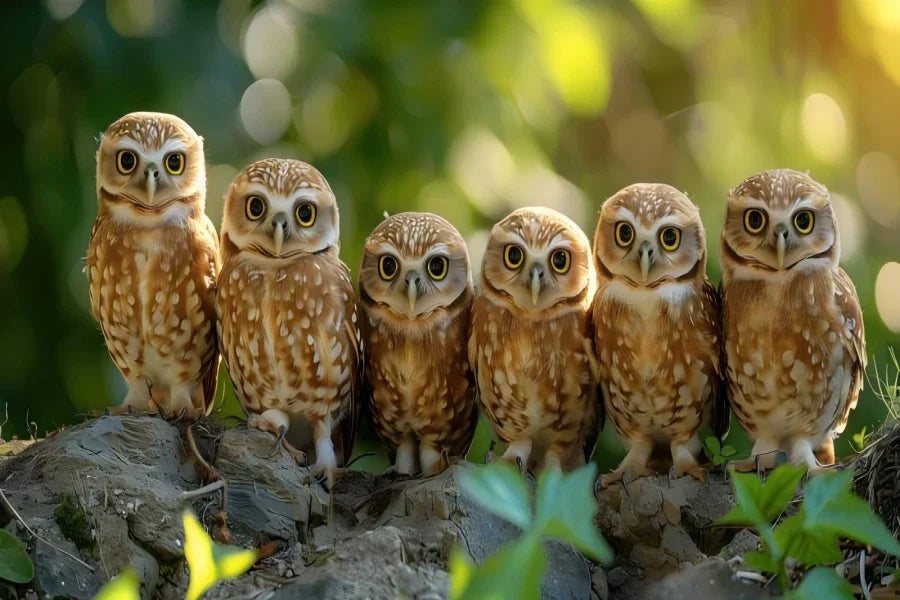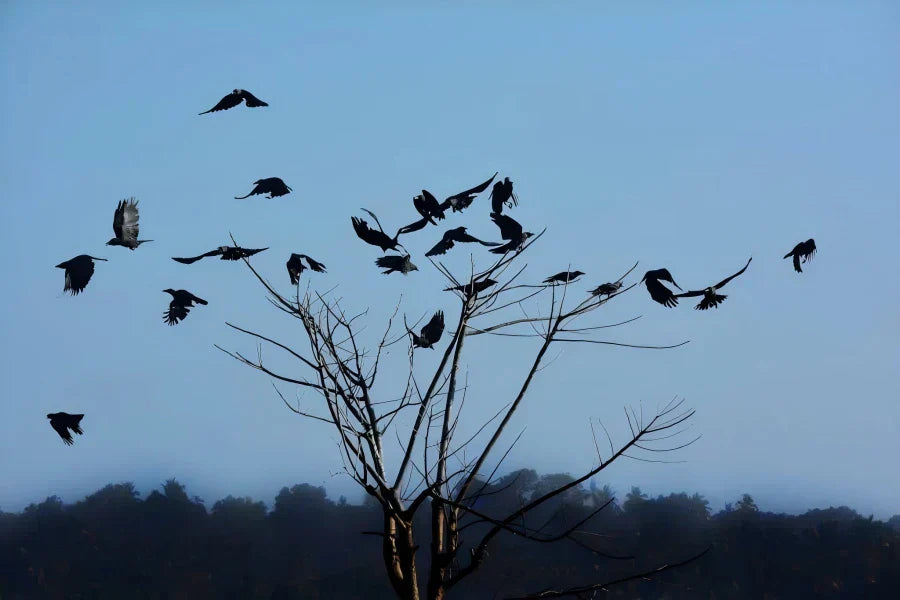What Is a Group of Owls Called?
The owls have always been mysterious and stunning to look at because of their silent flight. They are featured in myths, stories, and folklore in different cultures. Their nocturnal lifestyle and hunting prowess have won them a lot of admiration. However, the question many bird lovers tend to ask themselves is, What is a Group of Owls Called. Like other birds, owls also have a common group name.
A group of owls is termed a “parliament.” This strange collective noun highlights wisdom and mystery, which have always been associated with these birds. Understanding the collective name of owls provides more understanding of their behavior, cultural significance, and ecological role. In this article, we are going to discuss the origin of this interesting word, its meaning, and its relevance.

The Collective Name for Owls
A group of owls is called a parliament. This is not a casual word choice. It is based on the impression that owls are wise and intelligent. The word parliament implies an assembly or a council, similar to the meeting of lawmakers to discuss some issues and make decisions.
When authors and storytellers saw owls sitting together, they adopted this term. The name has now become a generic term in literature, birdwatching, and education.
Why "Parliament" Was Chosen?
The term parliament is not just the name. It portrays the look and character of owls. When owls sit down together, they usually sit in a mute silence, sweeping the environment around. Viewers seem to be really concerned about it. The quietness, alertness, and stability are characteristics of wisdom and command.
This is a poetic term that evokes an owl’s image in people's minds. With time, it became common, and until now, it is one of the most appealing collective nouns in the birds’ kingdom.
Symbolism of a Parliament of Owls
The term "parliament of owls" is both descriptive and symbolic.
- Knowledge and wisdom: Their calm, observant nature fosters intellectual ideas.
- Mysteries and magic: They appear weird due to their nocturnal lifestyle.
- Cultural significance: Owls are revered as secret keepers in many cultures.
The Nature of Owls
Knowing more about the behavior of owls helps to explain why this Collective noun is appropriate. Owls are members of the Strigiformes order, which has over 200 species. Except for a few isolated islands and the polar ice caps, they can be found all across the world.
Important Owl Characteristics
- Quiet flight: Owls can fly noiselessly because of their unique wing feathers.
- Strong vision: They have excellent low-light vision, making them ideal for nighttime hunting.
- Diverse diet: They primarily hunt insects, small animals, and other birds. Fish are the speciality of some species.
- Solitary lifestyle: Since most owls hunt by themselves, social gatherings are uncommon.

Interesting Things to Know about Owls
There are some shocking things to know about owls:
- They can turn their heads up to 270 degrees.
- They are so keen that they hear prey in the snow or the grass.
- Not every owl hoots; some of them screech and some bark, and some whistle.
- Barn owls gulp their prey and then spit the pellets, consisting of bones and fur.
- The largest owl is the Blakiston fish owl, which may weigh more than 10 pounds.
These traits make owls different from other birds and justify their mystique.

Owl Behavior in Groups
Owls typically live alone. The majority of species would rather hunt and live alone. But occasionally, owls gather, which adds even more intrigue to the phrase "parliament."
When Do Owls Gather?
- Roosting: During the winter, certain species, such as the Long-eared Owl, establish communal roosts.
- Breeding season: It's possible to spot pairs nesting together.
- Food-rich regions: Owls occasionally gather in areas with a lot of prey.
Because these occasions are uncommon, seeing a parliament of owls is a unique and thrilling experience.
Fun Facts of A Parliament of Owls
- It is very hard to find a wild owl parliament since they usually live alone.
- Mixed species are found in some parliaments in areas of habitat overlap.
- The movement of several owls that fly simultaneously makes it seem like a ghost/magic.
- The collective nouns, such as parliament, assist the children and learners to interact more with language and nature.

Owls Across the World
Owls live on every continent except one. They are one of the most ubiquitous bird families because they can adjust.
- Tropical areas: Some of the species, such as the spectacled owl, do well in the rainforests.
- Deserts: Burrowing owls nest in holes.
- Woodlands: North American forests are dominated by great horned owls.
- Urban habitat: The owls, such as the barn owl, adapt well to being around people.
This wide distribution demonstrates why different cultures have their own unique owl-related myths.
Cultural Beliefs About Owls
The owl collective name is an expression of the strong cultural influence of the birds. They have a lot of meaning all over the world:
- Greek mythology: An icon of Athena and wisdom.
- Native American traditions: perceived as guardians or bringers.
- African folklore: It may be associated with spirits or guidance.
- Contemporary times: Normally depicted as knowledgeable instructors in books and movies.
These beliefs are one of the reasons why the term “parliament” is used in describing owls communally.
Owls in Literature and Pop Culture
The word "parliament" has become more widely used due to its usage in popular culture and literature.
- C.S. Lewis referred to the Parliament of Owls in The Chronicles of Narnia.
- Contemporary wildlife authors still use such a description of groups of owls.
- Documentaries and films typically highlight their covert meetings.
A cultural reinforcement helps preserve this term and make sure that new generations get to know about the collective name of owls.
The Role of Owls in the Ecosystem
Getting to know the name of a group of owls is not a simple word to learn. It also ties us to how owls are valuable in the ecosystems. They destroy populations of rodents and insects, which would otherwise destroy crops or infect the host.
Ecological Benefits:
- Pest control
- Balance in insect numbers
- Conservation of agricultural lands
Owls are useful in nature, not to mention that they can be symbolic in speech.
How to See a Parliament of Owls?
Finding a flock of owls may be an exciting activity for bird lovers. Although it is not simple, you can boost your odds.
Tips:
- Search in winter communal roosts.
- Go to the forest or farmlands where there are large numbers of prey.
- Hear several calls at night.
- Go to local birdwatching clubs.
Keep in mind that owls are shy birds, and therefore, they should be viewed without causing inconvenience to their habitat.
Why Owls Are Admired
A combination of characteristics contributes to owls' allure:
- Their silent strength during hunting.
- Their big, lively eyes.
- Their enigmatic evening routines.
- Their associations with wisdom.
Even seeing one owl is a magnificent experience, but seeing a parliament of owls is uncommon.
Conclusion
A group of owls is called a parliament, a name with a history and a symbolism. It is representative of the wisdom and mystery that owls reflect in different cultures. Although these birds are normally solitary, they sometimes form small groups that are amazing and even intriguing.
Whenever you hear or see one, think about the purpose of these birds in nature and tradition. Continue your adventure into the world of wildlife, and share your new experience with other people who enjoy learning.
Share



